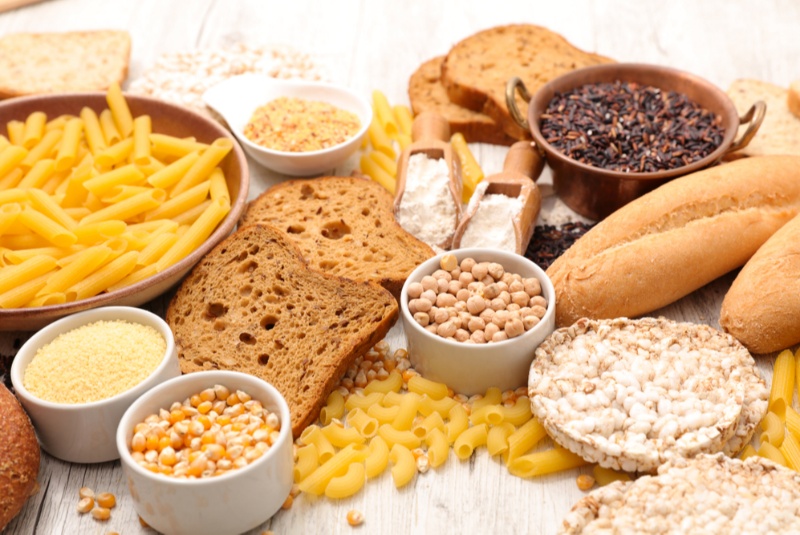In the past decade, gluten-free diets have surged in popularity, but why? Is it merely a trend, or are there tangible health benefits associated with this dietary choice?
Gluten is a protein composite found in wheat, rye, barley, and triticale. For some individuals, gluten can trigger serious health complications, such as celiac disease, non-celiac gluten sensitivity, and wheat allergy. However, an increasing number of people are opting for gluten-free diets for reasons beyond medical necessity, claiming to experience various health benefits.
The foremost benefit of a gluten-free diet is improved gastrointestinal health. Individuals with celiac disease or gluten sensitivity can experience symptoms like bloating, diarrhea, constipation, and abdominal pain upon consuming gluten. By eliminating it from their diet, they can significantly alleviate these symptoms and promote better gut health. For others without these conditions, adopting a gluten-free diet may still enhance digestive comfort.
Further, a gluten-free diet can encourage healthier eating habits. As many processed foods contain gluten, avoiding it may naturally steer individuals toward consuming more fruits, vegetables, lean meats, and other whole foods. These nutrient-rich choices can contribute to better overall health and well-being, potentially aiding in weight management and boosting energy levels.
Despite these benefits, going gluten-free requires careful consideration and planning. Without proper meal planning, individuals may risk nutrient deficiencies, especially in fiber, iron, calcium, and vitamin B12, which are abundant in gluten-containing foods.

To embark on a successful gluten-free journey, start with research. Familiarize yourself with gluten-free foods and those that contain hidden sources of gluten, like certain sauces, dressings, and processed meats. Also, learn to read food labels carefully, looking for “gluten-free” certification.
Next, plan your meals around naturally gluten-free foods. Fruits, vegetables, lean meats, fish, dairy products, and gluten-free grains like quinoa, rice, and buckwheat form the foundation of a healthy gluten-free diet. Experiment with these items to create diverse and delicious meals.
A sample day’s menu might include a breakfast of gluten-free oatmeal topped with fresh berries and a sprinkle of chia seeds, a lunch of grilled chicken salad with a variety of vegetables, and a dinner of quinoa-stuffed bell peppers with a side of steamed broccoli. Snacks could be fresh fruit, a handful of nuts, or a slice of gluten-free whole-grain bread with avocado.
However, remember to balance your diet. Since many gluten-free products are low in fiber and high in sugar and fat, focus on getting adequate fiber from fruits, vegetables, and gluten-free whole grains. Also, include sources of lean protein and healthy fats to maintain a well-rounded diet.
Lastly, it can be beneficial to seek the advice of a registered dietitian. They can provide personalized advice based on your nutritional needs, preferences, and lifestyle, ensuring that you embark on a gluten-free journey that promotes optimal health and well-being.
While a gluten-free diet can offer several health benefits, it is not a one-size-fits-all solution. It is crucial for individuals, especially those without a diagnosed gluten-related disorder, to weigh the pros and cons carefully. If you decide to go gluten-free, mindful meal planning and a focus on whole foods can help ensure you gain the maximum benefits while maintaining nutritional balance.


